With big players in the audio software market like Apple and Ableton, you need to bring something special to the table to truly make an impact.
That’s exactly what Output founder and CEO Gregg Lehrman was able to do.
Working as a music composer for film and television prior to founding Output, Gregg noticed that there was no software product on the market that allowed a composer to easily play ‘reversed sounds’ in real-time, a very common technique in music production.
And while Gregg originally set out to develop this product to assist with his music compositions, he quickly realised that it was a much needed piece of software for any music producer or film composer. He decided to bring on Co-Founders Neil Hallimen and John Nye to help him, and together they created Output’s first product called Rev.
Today, Output’s products are used by some of the world’s biggest musicians and producers, including Zedd, Diplo, TOKiMONSTA, Lil Jon, and London Grammar, and is still 100% bootstrapped. We were lucky enough to speak with Output’s General Manager Brian Zarlenga, and talk all things music, eCommerce and Metorik.
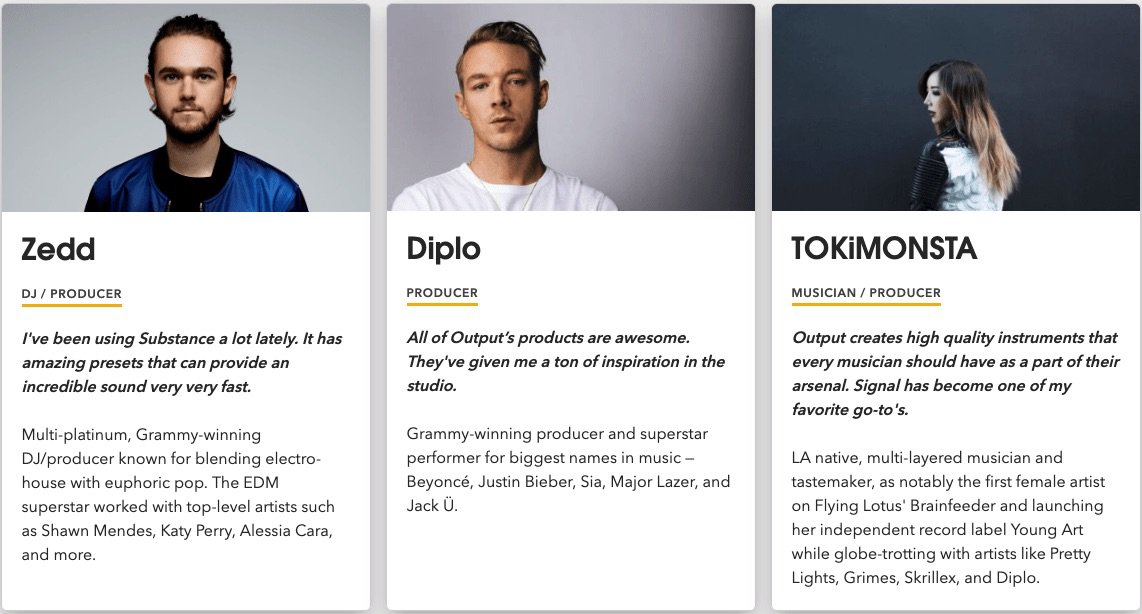

When did you join Output and what is your role now?
So I joined about 6 months in, as the director of sales and marketing. Before that, I worked for Apogee, an audio company that makes high-end audio interfaces. I knew Gregg personally, and after Output had been operating for about 6 months, he asked me to join. Around 2 years ago I switched roles to help Gregg run the business day-to-to-day.
“As a founder and CEO, when the company grows, you have a million things coming at you. You have to build products, think about marketing, HR, insurance, office space, the future of the company...there’s so much.”
So I came on to help with daily operations. I’ve also become the ‘special projects guy’. For example, if we are thinking about partnering with a company, I’ll work with them to flesh out the partnership and be the main point of contact. It’s a very fun position.
How has your product line evolved from just Rev in 2013 to the suite of software you offer now?
When thinking about future products, our initial focus was to continue to create similar products to REV. After that, we began to branch out to effects and other creative software products.
Immediately after Rev we started working on our second product, which took about a year and a half at least. After that we released a third which took a year, and then a fourth which took 6 months… So we started getting better and better at getting these products out the door.
We have really built our name on creating creative software instruments. When we sit down to build a new product we try to come at it from the angle of musicality. Many other companies in our industry focus on making ‘sample libraries’. For example, a library of violins that are beautifully sampled that you can play in software. Those companies are making amazing products, we just try to do it differently and offer a modern take.
So for example, we have a product called Analogue Strings, which is a variety of sampled string instruments from an orchestra along with string sounds from old synths. Then the UI offers a new twist by focusing on the mangling and effecting of those sounds. The result is a very modern and unique type of string instrument.
The guiding philosophy for every product that has worked well for us is:
The front page of the product needs to be dead simple and easy to get into (not a ton of knobs which causes confusion).
The first 10-20 presets need to blow your mind. And all presets need to be top notch - we are going to include 200 that are amazing, not 1,000 that are average.
Beyond the front page, if you are a tweaker, you can go to the advanced page and go far above and beyond any preset.
Output is known for their stellar software, but you also sell hardware as well now. Can you tell us about that transition?
Since day one we were discussing creating some form of hardware. There’s something about being a software company and romanticising the idea of making hardware. I actually think hardware companies romanticise the idea of making software as well.
In the early days, we had talked about doing something crazy like building a studio desk. We had one hardware product that didn’t come to fruition, but we actually hired a guy to come in be our head of hardware to make that product. At this same time, I wrote a blog post for our website listing our favourite studio desks. When doing research for the post, I realised there was a massive hole in the market.
There was the $200 desk from the ‘big box’ music store with an average build quality that didn’t look great - the affordable but not ideal solution. There was a large gap from $200 - $1,500. Then the big, sturdy and very “official” looking studio desks that were all priced $1,500 and up. There was a huge opportunity in the market if we could make a desk from anywhere between $500 and $1,000, that was made from actual wood and looked cool. And the blog was massively popular, which showed us there was a true need.
We had our hardware guy on staff, so we gave him the challenge to try and build this desk. He was excited as it was something he had never done before. We dove right in and after multiple versions, we had a desk.
We released Platform 2 years ago and it’s doing incredibly well! I believe it did quite a lot for our brand as it was the most unexpected product we could have ever released. But also being a very cool and practical product, I think people started to look at Output in a new light. The feedback we get is that it is the best desk on the market.
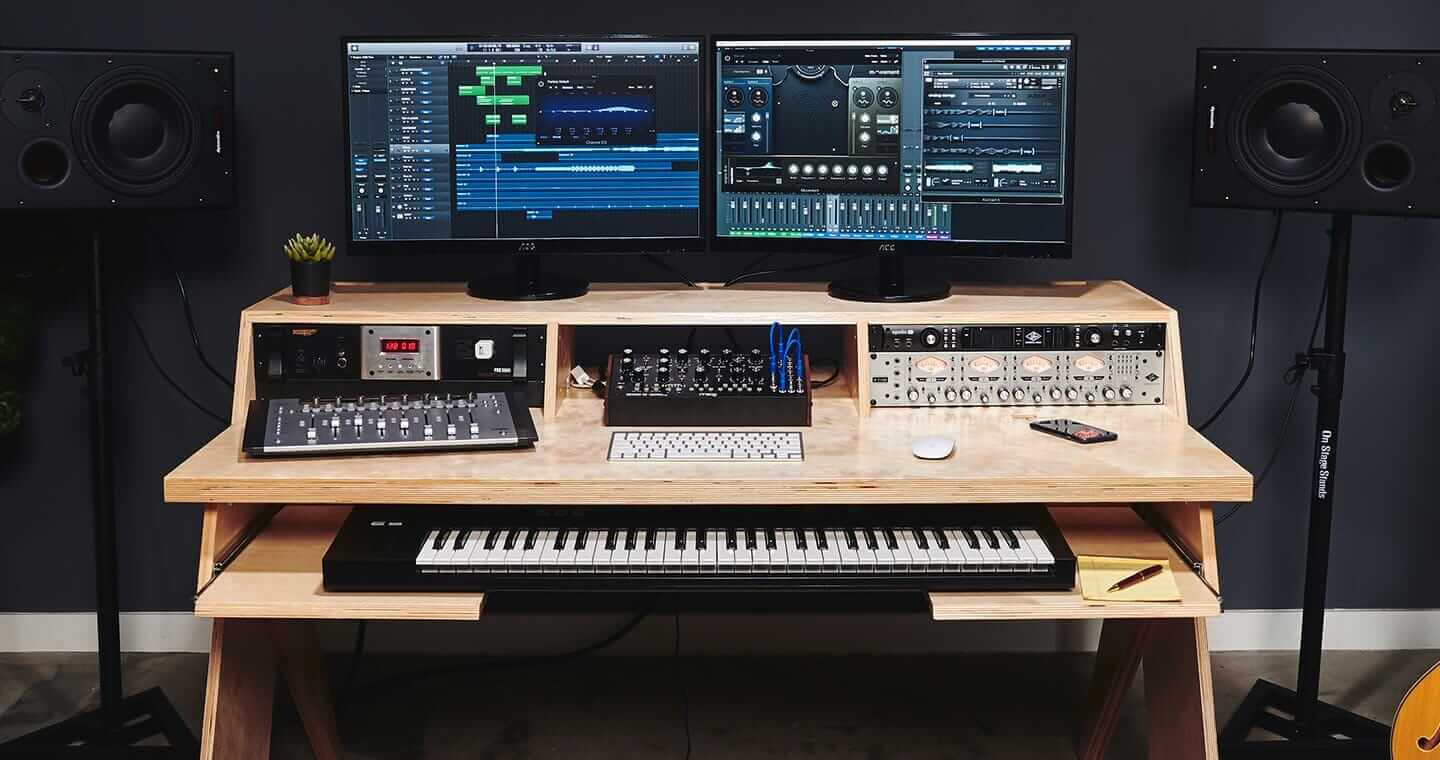

As a fellow bootstrapped company, we were really excited to hear that Output is 100% Bootstrapped!
Yeah, we are 100% bootstrapped, we have taken $0 in funding. The company has been profitable since day one, and that supported the slow, steady and sustainable growth route we took.
“When I listen to some founders talk about how they went from 10 employees to 300 in one year… that just seems like the most stressful thing ever!”
Why did you choose WooCommerce as your eCommerce platform?
We were originally on Shopify and actually won Shopify’s Build a Business competition in 2014 for the music category. We had a lot of struggles with Shopify’s technology though, which at the time didn’t support a lot of the things we wanted to do.
We, therefore, set out to build a new website. We found a web designer that developed a few websites that we liked. We hired him, and he said you need to be on WooCommerce. We kinda shrugged our shoulders and said ‘Ok, let's do it’, and that was that!
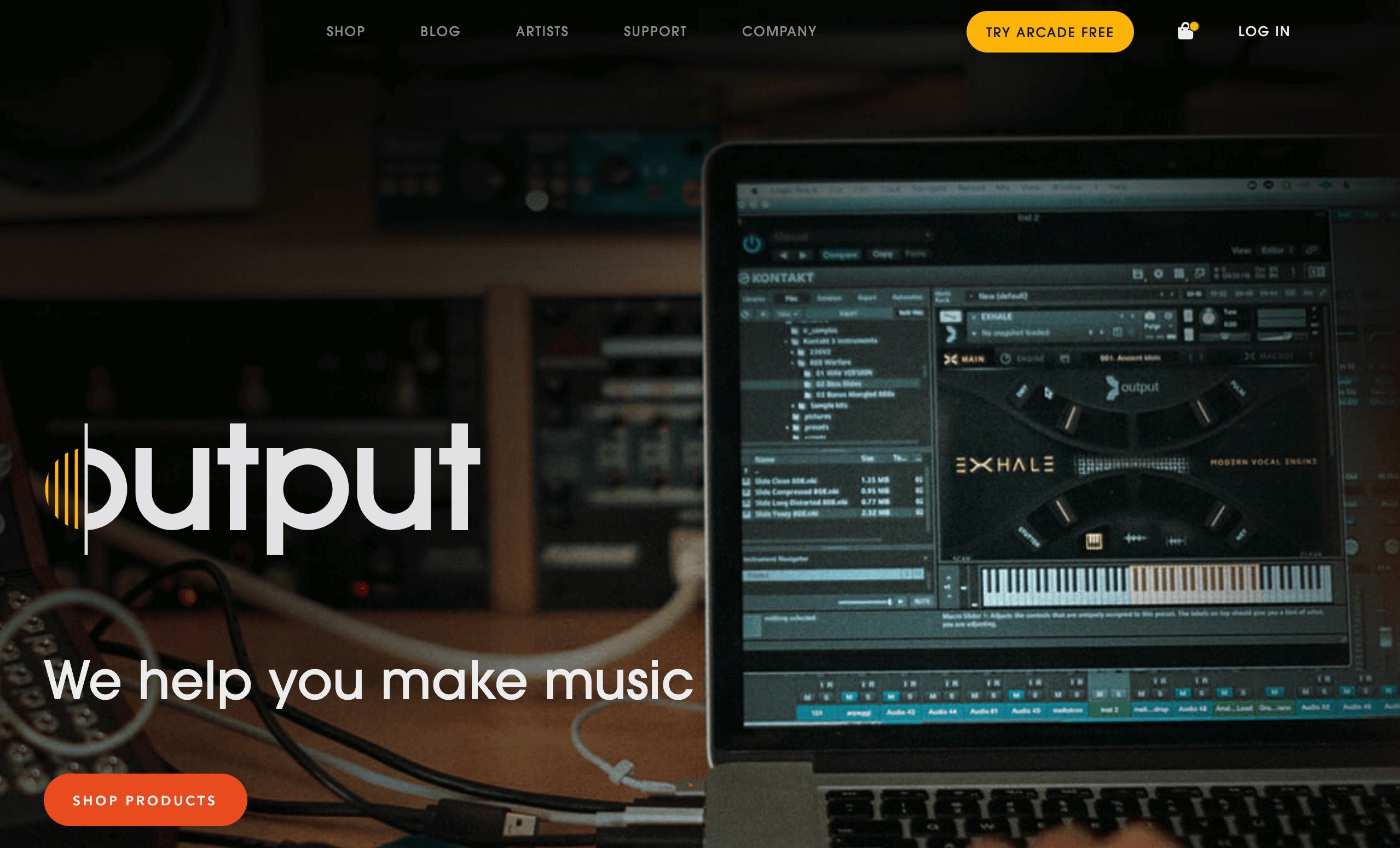

What have you found to be WooCommerce’s strong points?
Definitely, its customizability.
Once the website was built on Woo and handed to us, we needed to do a variety of things. One was to create a serial code delivery system. So when someone buys a product, there’s a serial code ‘section’ of the product that then is connected to the order. The customer can then download the product. This was built by the team at SAU/CAL. The great thing is that once you develop the code, you own it… it’s an asset.
Another strong point is that it’s directly integrated into WordPress, which is used to manage everything else on the site.
Lastly, it’s affordable, as it doesn’t charge us per transaction.
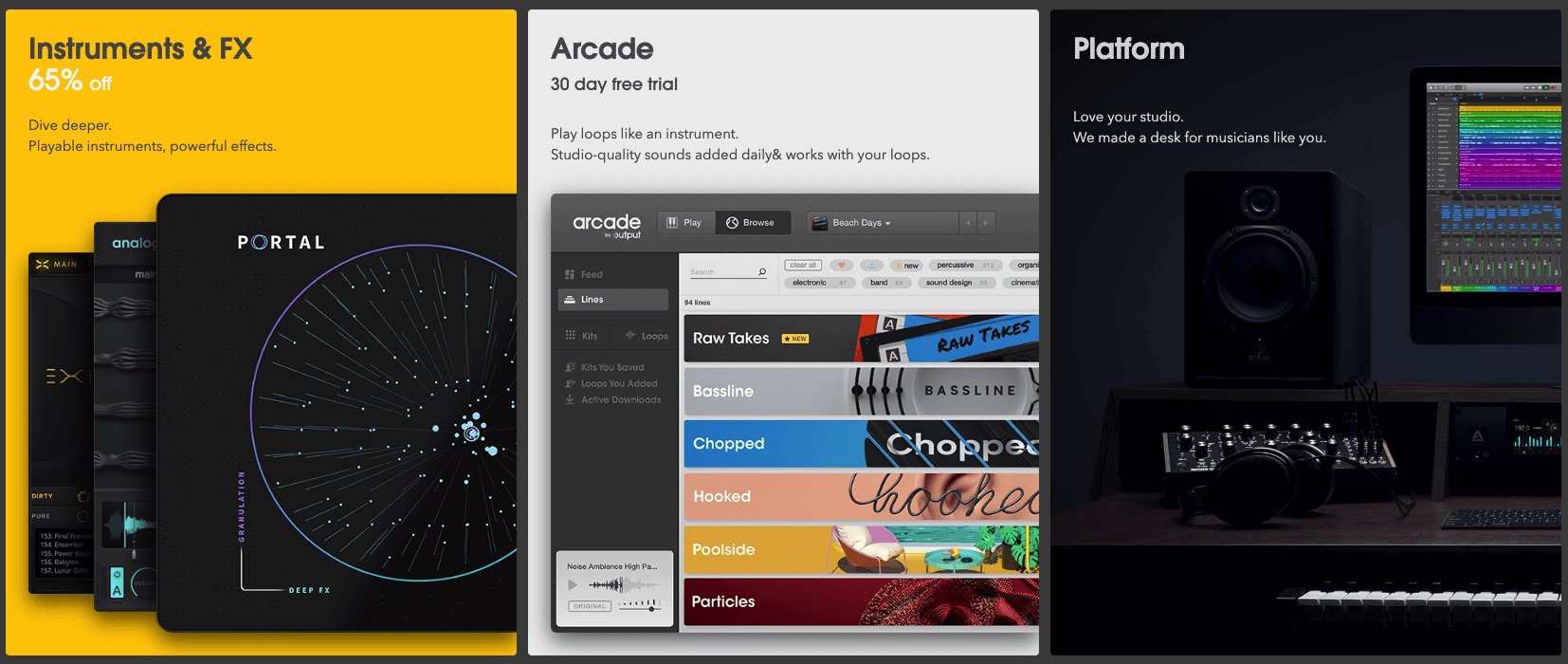

What are WooCommerce’s weaknesses?
Its customizability is also its weak point.
Another issue is its built-in reporting. It’s unusable. We have a rule that we don’t look at the built-in reports (instead, we use Metorik)
The other weakness, that may or may not be Woo’s fault, is integrations. It’s always the last platform to be integrated into, or it’s simply not a priority for some companies. Often their integrations are an after-thought or built by some third-party and barely maintained and updated. That’s been a challenge. As a solution, we hired an in-house developer, Isaac, who spends a lot of time integrating and building apps into Woo and WordPress.
Why did you subscribe to Metorik?
So the team at SAU/CAL told me that their friend Bryce had just created this app for WooCommerce reporting and that I should check it out.
So we subscribed to the beta, and it was immediately what we needed! We needed reports that were in real-time. There are so many analytics systems out there that update once a day… that’s just not helpful.
What are some of your favourite features in Metorik?
The reliable exporting system! Exporting anything directly from WooCommerce is an absolute nightmare. At the end of each month, I pull together all of our sales by line item and create an elaborate sales report that gets sent to our accountants and CEO. I used to export that through WooCommerce. Sometimes it would fail, sometimes only 50% of the line items would be included, and sometimes I would export the same thing twice and get two different results. It was completely unreliable.
So exporting through Metorik has been an absolute game-changer. We can rely on going into Metorik, hitting export and all correct data being included. I have two automatic exports set up at the beginning of the month that are both sent to my email.


Another huge feature for us is segmentation. As we sell multiple products, we often have questions that we need to answer. For example, how many customers do we have in the UK or what have UK sales looked like over the last 6 months? The segmenting system really helps us answer these types of questions quickly and efficiently. Yesterday we were talking about Platform sales, and I could easily pull up the sales from the product page or quickly jump to a saved segment and add any other parameters.


Another great feature is subscriptions reporting. We actually moved from WooCommerce Subscriptions to Recurly in February, which was by and far the best decision we could have made for our business. However, everyone very much misses the subscription reporting that’s in Metorik. Will (our growth marketing manager) and Gregg were asking Recurly for all these reports that they didn’t have. They were really reliant on those reports in Metorik.
Lastly, multi-currency support. We run a multi-currency store, so getting reporting in USD, where all sales in other currencies are being converted on the fly on the day of the order is very convenient. Recurly doesn’t do that, so I have to export the data every month, use a Google finance table to get the fx rates for each day, and then do all these Excel gymnastics (like V-Lookup) to get the conversions done.
How have you found having multiple team members using Metorik?
It’s been great. Most of the team using it are from marketing and have the analyst role.
We actually manually trigger hardware orders to be sent to the warehouse (to control inventory). So our head of hardware who controls this is getting the information from Metorik.
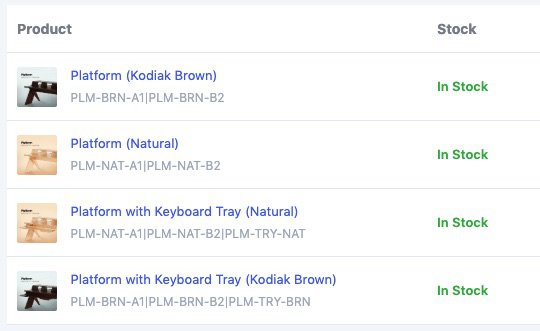

Our support team is using it to quickly pull up customer orders and verify order information. We were on Freshdesk and were using the Metorik x Freshdesk integration which was great. We have since moved to Intercom, so we can see all our Intercom conversations within Metorik.
What type of WooCommerce store would you recommend Metorik to?
Everyone!